X-Ray Photoelectron Spectroscopy (XPS), also known as electron spectroscopy for chemical analysis (ESCA ), is a powerful technique to investigate the elemental composition and the determination of the chemical and electronic state of the specimen.
The working principle of this method is the measurement of photoelectrons and their kinetic energy from 0 to 1000 eV which are emitted from the top 1-10 nm layer of the material during Al Kα x-ray irradiation under ultra-high vacuum (10-9 to 10-10 mbar) conditions.
Typical samples can consist of inorganic materials like pure elements, metal alloys, semiconductors, glasses, ceramics but also organic or natural compounds like polymers, catalysts, woods, plant parts, and biomaterials can be measured.
In these samples, all elements except hydrogen and helium can be detected usually in a range up to parts per thousand, under special conditions even up to parts per million.
For these purposes usually a survey spectrum with only a few scans at fast scanning rates is the adequate solution. It gives a basic overview of the contained elements and the integration of the peak areas can be used to quantify the atomic percentages of each element.
A high-resolution spectrum of the desired element with a larger number of scans at slow scanning rates can be performed in the region of the strongest photoelectric peak (highest information density). The various valance states are shifted to different binding energies also depending on the chemical environment of the elements and can be fitted into the main peak.
The so-called mapping or line profiling takes measurements at different spots of the surface which can then be compared to prove the uniformity.
Especially layer substrate measurements suffer from oxidized surfaces and the covering with adventitious carbon from dust. In this case, it is often helpful to remove the top layer of a coating by Argon ion beam sputtering. This method is called depth profiling and can also be applied to go further into the material to detect structural changes inside the sample.
Contact Person
-

Anja Sutorius 309 322b
- Phone
- +49 221 470-1986
-
anja.sutorius
uni-koeln.de
-

David Patrun 309 322b
- Phone
- +49 221 470-1986
-
david.patrun
uni-koeln.de
